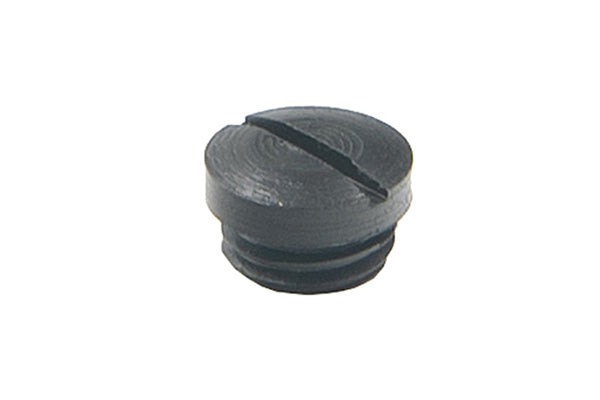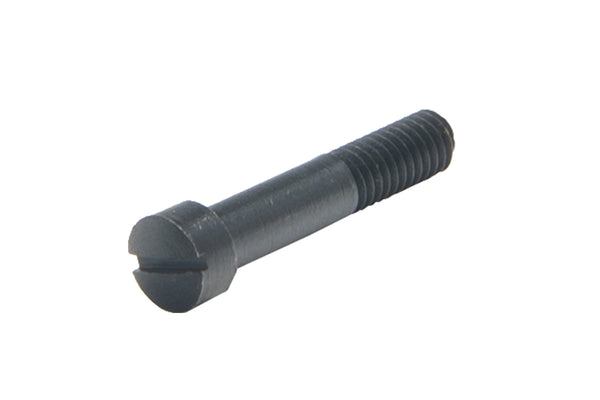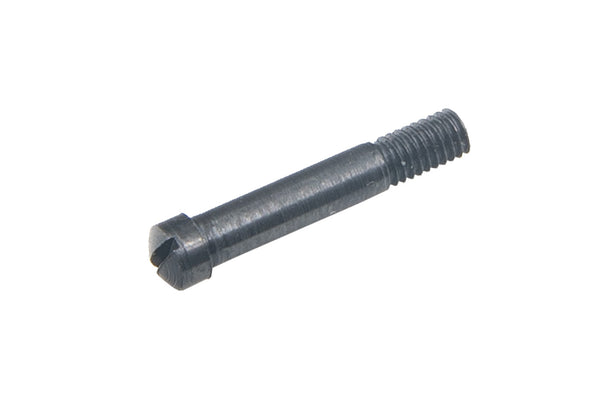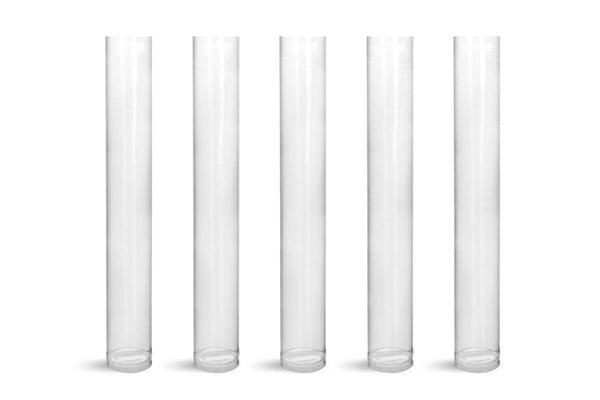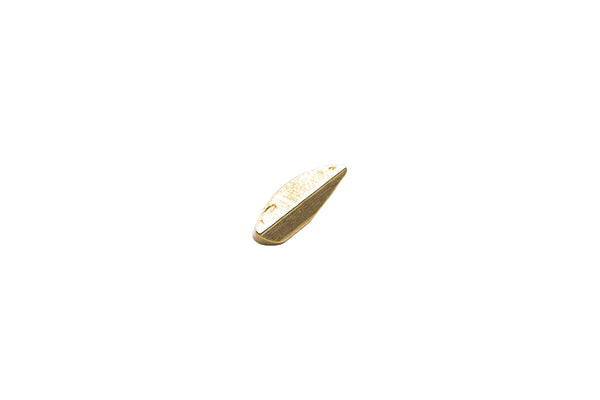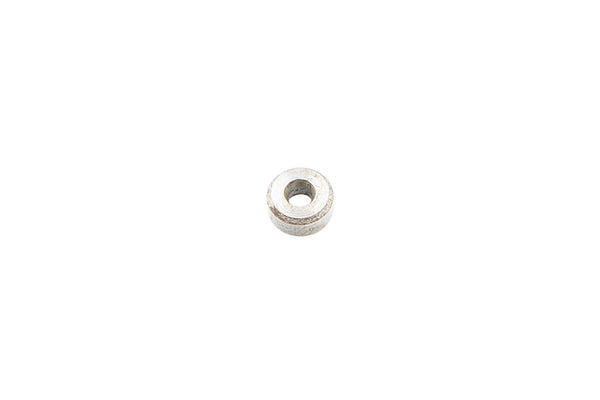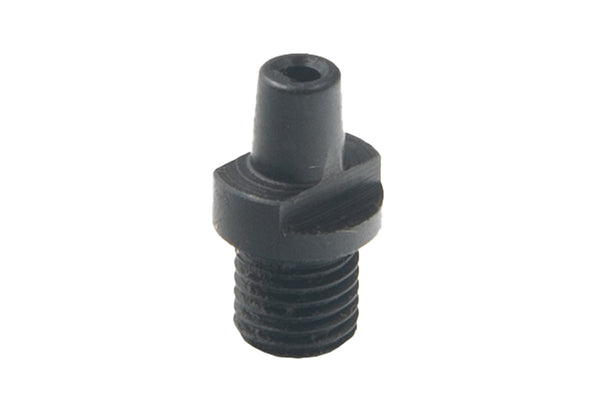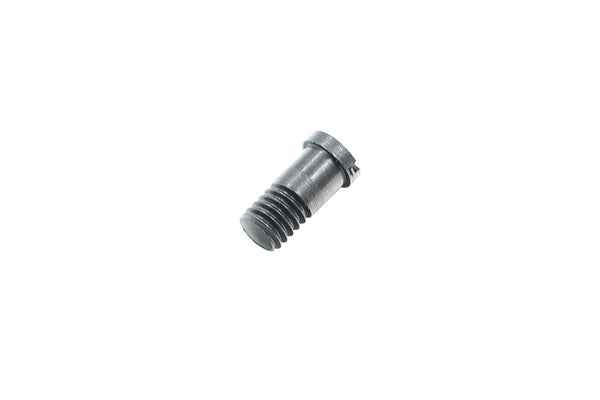Call 1(855) 236-5000

 >
>

Muzzleloading Beginners Guide
Have you ever dreamed of returning to the days of Jeremiah Johnson or Daniel Boone? The days when men were men and the country was wild. Many people are experiencing a part of those bygone days through black powder muzzleloader shooting. The rifles these modern mountain men use are replicas of the weapons used by the original frontiersmen and some updated newer versions with all the latest technology.
Black powder rifles are not only fun to shoot, but the muzzle-loading rifle is an effective hunting weapon that is used by tens of thousands of hunters every year. Many states, including New Mexico, have established special seasons for hunters using black powder muzzleloaders, and this has increased the popularity of the sport as a way of harvesting animals.
This article is meant as a guide for those just starting out as black powder shooters, but it may also serve as a reference for more accomplished muzzleloader enthusiasts. If you encounter terms in this guide with which you are not familiar, refer to the glossary at the end of the text.
TYPES OF RIFLES
Many types of black powder weapons are commercially available. One can choose from muzzleloading rifles, muskets, pistols, and even shotguns. Because they are most popular with the traditional shooter, this article will focus on percussion and flintlock rifles. Both the percussion and flintlock rifles are fired when the powder in the breech is ignited propelling the projectile downrange. The manner in which this powder is ignited gives the two rifles their names.

The FLINTLOCK came into prominence late in the 16th century. With a flintlock ignition rifle a piece of flint is clamped onto the hammer. When the trigger is pulled, the clamped piece of flint strikes the hinged cover of the pan, sometimes called a frizzen, spraying sparks into the priming powder, which ignites the powder in the breech. When purchasing a black powder rifle, you must decide if you want a factory-built replica, build-it-yourself replica kit, or a more costly original. The most inexpensive route is one of the many muzzleloader kits available. These kit rifles require a few basic tools, a little woodworking skill, and a large amount of patience and perseverance. These muzzleloader kits are a great way to spend quality time with family members and a great project to undertake. Building your own rifle kit provides self-satisfaction and can result in a higher quality muzzleloader than can be purchased already assembled. If you do not possess the time or the skills necessary to build a black powder rifle kit, a large selection of replicas are available in various styles and price ranges. Most manufactured by established companies are well made and come with impressive guarantees, we recommend Pedersoli, Traditions and Lyman. If you need help selecting a kit, call our knowledgeable customer service experts toll free at 1-855-236-5000 before purchasing your rifle. If you are a real reenactor or a traditionalist, you may want to buy an authentic original black powder rifle. These are effective weapons, but they are generally considered too valuable to be used in competition or for hunting. If you are considering using an authentic rifle, you should first have it inspected by an expert. Examine the breech area and barrel for rust or corrosion. The lock mechanism should be checked for safety function.
**If the rifle has a Damascus barrel, retire it to a place of honor but do not attempt to shoot it. These barrels were formed by welding strips of steel together. The welds are susceptible to corrosion from black powder, and many of the barrels are unsafe.
There are various models and styles of black powder rifles including the Brown Bess, the flintlock that was the official firearm of British troops; various reproductions of the Kentucky and Pennsylvania rifles; the Zouave rifles of the 1863 period; the Springfield’s of the Civil War period; the Hawken rifle favored by the Rocky Mountain trappers as well as many more. Before you invest in a muzzleloader, consider your anticipated needs. A muzzleloader rifle meant for display should be chosen differently than one meant for target shooting. Muzzleloaders intended primarily for display are chosen according to the taste of the owner. Target black powder weapons should be selected after researching the models you are interested, talking to current owners of the rifle or by calling our muzzleloading experts toll free at 1-855-236-5000.
The most accurate weapons often lack style and bear little resemblance to originals. If your muzzleloader is to be used for hunting, give careful consideration to the caliber, weight, type of sights and handling. Most states have specific regulations covering the caliber required to hunt big game species. Many States allow traditional sidelock rifles in a special hunting season, please be sure to check your State’s muzzleloader definition here. Other purchase considerations vary with the preference of each shooter, but generally a muzzleloader selected for hunting has many of the characteristics of modern centerfire firearms.

In the early 1800’s, the PERCUSSION rifle was developed. It requires no flint and no priming powder. Instead, a “percussion cap” is placed on a hollow cone connected to the barrel. The opening on this cone, called a “nipple,” contains a fire channel that leads to the powder in the barrel's breech. The percussion cap contains a molded priming compound, which ignites the powder in the breech. When the trigger is pulled, the hammer strikes the cap, causing the priming compound to explode, which in turn ignites the powder in the breech.
POWDER Black powder comes in four types, based on the size of the particles. FFFFg (4F) is the finest, with FFFg (3F), FFg (2F), and Fg (F) being respectively coarser. 4F powder is only used to prime the flash pans of flintlock rifles. The other types are used as the breech charge according to the manufacturers’ instructions. Normally, the larger the caliber, the coarser the powder. Synthetic propellants, known as Pyrodex, are available, these black powder substitutes reduce fouling and corrosion associated with black powder shooting. Many shooters feel it is necessary to use a “hotter” magnum cap to reduce the chance of hangfires or misfires sometimes associated with Pyrodex powders.
BULLET OR BALL Round lead balls used with a cloth patch are the traditional projectile used in traditional muzzleloading. The conical slugs and new inline polymer tipped bullets are also available. The conical bullet is a popular bullet-shaped projectile that gives the shooter greater accuracy at distance. One advantage of the conical and polymer tipped bullets is the ease with which it can be seated, even in a rifle with a dirty bore. There is disagreement among muzzleloading enthusiasts as to which type of projectile is most accurate. The majority of experts feel the most accurate projectile can differ between rifles-even those from the same manufacturer. The conical slug is normally heavier than a round ball in the same caliber. For this reason, many hunters prefer the larger mass of the slug, which provides greater inertia upon impact. Loading is also faster than with a round ball because no patch is used.

EQUIPMENT Muzzleloaders require a variety of associated equipment. Much of these accessories are for convenience or safety, but some of them are necessary before you even fire the gun. If you are going to use round balls, you need patch material. The patch is lubricated and wrapped around the ball to form a tight fit and seal the barrel so gases cannot escape around the edge of the ball. Bullet lubricant is necessary to ensure a seal and also to facilitate seating. This bullet lubricant can be saliva, shortening, or one of the commercially available lubricants. It is generally agreed that saliva evaporates, thus rendering the “spit patch” less effective as a gas sealant.
Many black powder shooters carry a powder horn or flask. These horns are made of a variety of spark-proof materials that range from authentic cow horn to plastic and brass reproductions. The powder horn functions as a safe way to carry loose black powder that can be transferred to a powder measure. The “powder measure” is an adjustable brass tube used to determine the exact powder charge. Many ingenious black powder hunters have devised ways of eliminating this cumbersome and time-consuming step when loading in the field. Often, a pre-measured charge is carried in a pillbox, film canister, or paper or plastic tube. Some quick loading gadgets are commercially made that hold the powder, primer, and projectile.
Many rifles come with a ramrod, several accouterments screw into the threaded end of the ramrod. A “worm” or patch puller is a corkscrew item used to entangle and retrieve patches stuck in the bore. A “ball screw” or bullet puller is a handy item used to remove a ball when the barrel must be cleared without firing. A jag is a device the size of the bore that holds a cleaning patch when it is placed on the end of a ramrod. A bullet starter is another important item. This is an instrument used to press the bullet into the muzzle. The bullet starter normally comes with a long starter and short starter. The “short starter” is used to force the bullet the first 1/4 inch. Then, the “long starter” gets it about 4-6 inches down the barrel. The ramrod is then used to push the bullet down to the bottom of the barrel, where it is seated on top of the powder. Other items found in a muzzleloader’s possibles bag include a nipple pick, used to clear the nipple or firehole; a nipple wrench, to remove the nipple; and a patch box, to hold pre-lubricated patches.
LOADING Before loading, several precautions must be taken to ensure the gun is safe and in working order. Consistency and accuracy are the main concerns. Because of the primitive nature of black powder rifles, misfires are frequent if the maintenance precautions are not taken. Wipe the barrel clean with a patch and be sure the nipple, or flash hole, is clear of any debris. Any oil or moisture may prevent the powder from igniting so make sure your barrel has been cleaned with a dry patch. Before loading a flintlock, prime the flash pan and touch off, being sure to point the rifle in a safe direction. Before loading the percussion caplock rifle, fire three or four caps to be sure the breech is dry. Again, be sure the muzzle is pointed in a safe direction. There are five steps to loading black powder rifles. If you always follow these steps, misfires and hangfires (delayed ignition) will be minimized, and the accuracy and dependability of your muzzleloader rifle will be maximized.

STEP-BY-STEP LOADING
- Put the hammer at half-cock. This prevents air from being trapped in the breech. Check to be sure no caps or priming powder are present.
- Pour a measured amount of powder into the barrel. Do not pour directly from the powder flask. Follow the manufacturer’s recommendations for charge amounts. Always keep the muzzle pointed away from your face when pouring the charge down the barrel. Tap the barrel a few times to settle the powder charge.
- To seat the bullet, place a lubricated patch over the muzzle and center a bullet on it. Using the short starter, apply steady pressure to start the bullet down the muzzle. Except for the patch, the same procedure is used to start a conical or polymer tipped bullet.
- Use the long starter to push the ball deeper and the ramrod to seat it firmly against the powder charge. There should be no space between the bullet and powder charge. It is recommended to put a mark the part of the ramrod sticking out of the barrel so that you can tell at a glance that the ball is completely seated. This tip also helps you to visually see if your muzzleloader is loaded or unloaded and prevents double loading of the barrel. To ensure consistency between shots, apply the same amount of pressure to the seated ball every time you load. This pressure determines how tightly the powder charge is packed and can influence the ignition rate.
- Place a percussion cap on the nipple or prime the flash pan with FFFFg powder. If your cap does not fit snugly, pinch both sides slightly so it will not fall off the nipple. The gun is now ready to fire.
Never load a black powder weapon until you are certain there is no cap on the nipple or charge in the flash pan. Failure to do this has resulted in more black powder mishaps than any other cause. Follow the safety precautions that apply to all firearms. Modern black powder weapons are safe and effective, but only when used properly.
CLEANING Because black powder is extremely corrosive, cleaning the barrel is essential. There are many cleaning products and solvents on the market, however, many traditionalists use hot soapy water to clean the barrel before storing the gun. Thoroughly dry the rifle and apply a light coat of oil to prevent rust and corrosion. Some shooters give the barrel a quick cleaning after every few shots. This makes loading easier and improves the consistency of the shots.
SAFETY The same safety considerations applied to modern cartridge firearms are also applied to muzzleloaders. You should be aware of a few additional precautions. Never use smokeless powder in a black powder weapon. To do so could result in serious injury or even death!
WARNINGS
-
Black powder is highly explosive. Keep it away from even the smallest spark. Pay special attention to keeping it away from campfires and smokers.
-
Be sure the ball is firmly seated against the powder charge. A ball lodged part way down the barrel can allow dangerous pressures to build.
-
When pouring powder into the barrel, be sure to hold the muzzle away from your face. Smoldering residue remaining from a previous shot could ignite the new charge and cause serious injury if the muzzle is not pointed in a safe direction
-
Never load a black powder weapon until you are certain there is no cap on the nipple or charge in the flash pan. Failure to do this has resulted in more black powder mishaps than any other cause.
-
Follow the safety precautions that apply to all firearms. Modern black powder weapons are safe and effective, but only when used properly.

